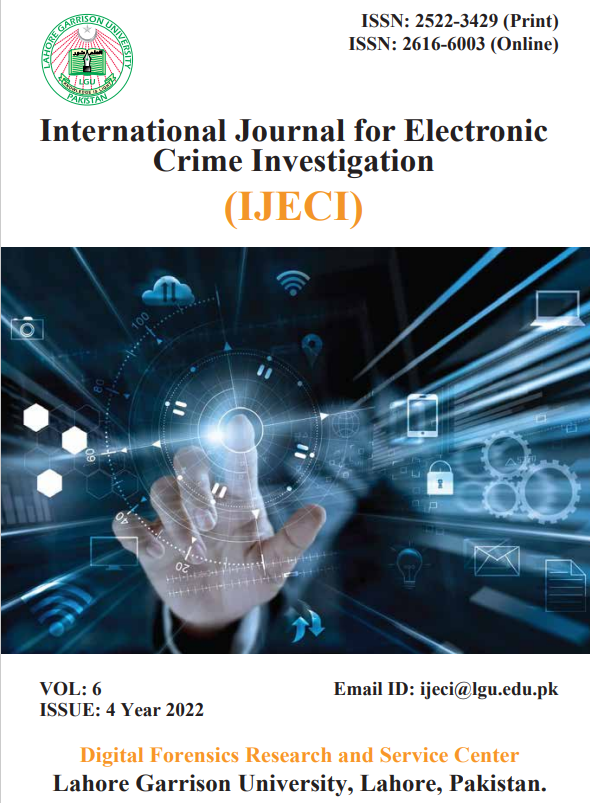The Role of Analytical Techniques in Crime Investigation
Asif Ibrahim, Syed Khurram Hassan
Abstract
Forensic science is becoming a growing discipline in crime scene investigation. The field of rhetorical science has recently undergone an intriguing evolution and significantly raised its public visibility. Advances in science and technology, increased dependence on law enforcement and court systems science, and media exposure have all contributed to the importance of forensics. Several completely unrelated fields have been associated with the name "forensics". Among the topics that commonly make headlines are acts of terrorism, a rise in gun ownership, drug misuse, and driving while under the influence of narcotics. The forensic scientist must rely on chemical analysis of trace amounts of materials such as drugs, explosives, discharge residues, toxicological specimens, paints, glass, fibers, soil, etc. to establish or rule out links between suspect and victim and scene in the absence of fingermarks and of material that could lead to the recovery of DNA. This instructional overview outlines the analytical issues that forensic chemists must deal with, as well as the current approaches and strategies used to solve them.








